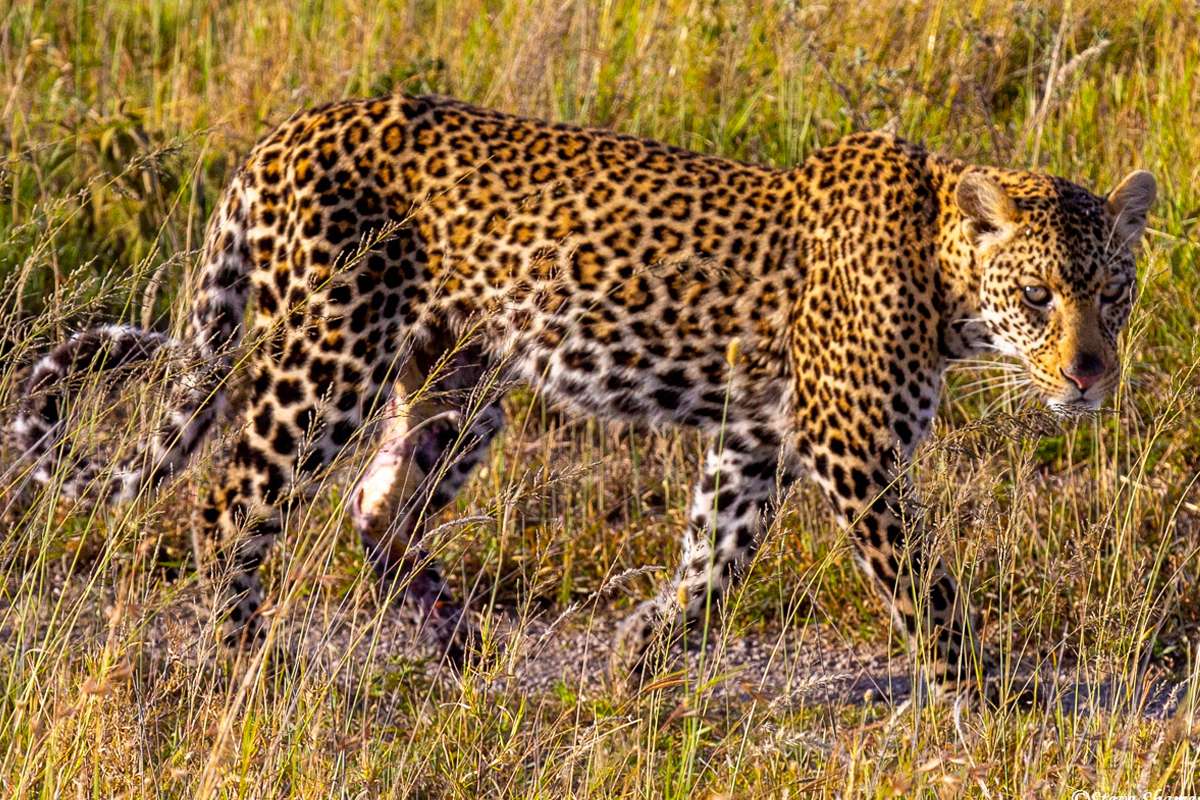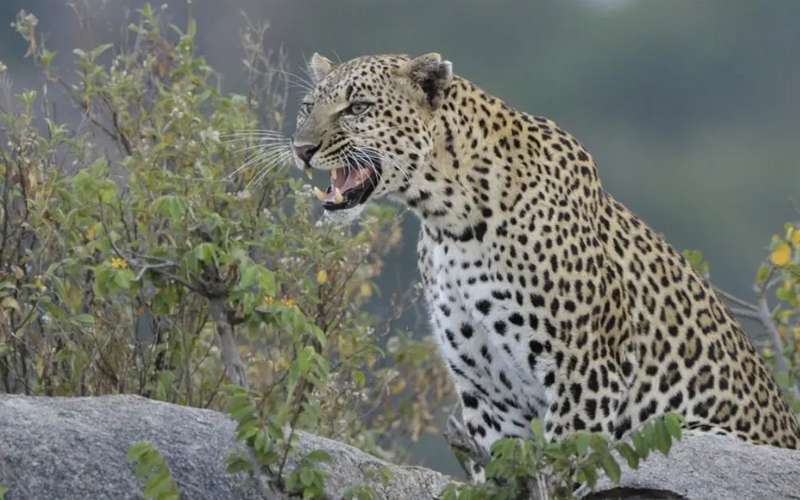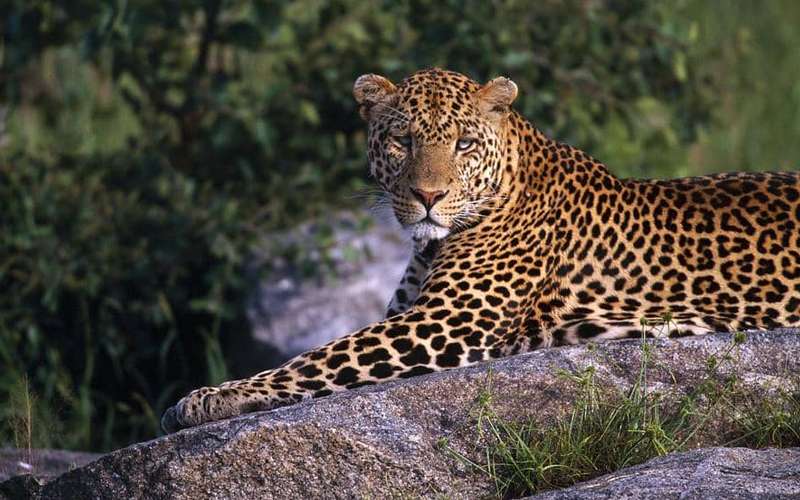Tanzania Serengeti Leopard Sightings 2024
In an exciting development for wildlife enthusiasts and safari-goers, Tanzania’s Serengeti National Park has reported a rise in leopard sightings in 2024. Known for its iconic savannah landscapes and incredible diversity of wildlife, the Serengeti has always been a prime location to spot Africa’s famous “Big Five” – with the elusive leopard being one of the most challenging yet rewarding sightings. The increase in leopard sightings is attributed to a combination of successful conservation efforts, improved tracking, and favorable environmental conditions, creating a thrilling opportunity for visitors to observe these majestic big cats in their natural habitat.
The Significance of Leopard Sightings in the Serengeti
Leopards are among the most elusive members of the Big Five, known for their solitary behavior and preference for dense, secluded areas. Unlike lions, which are more visible due to their social behavior, leopards are often hidden in trees, dense vegetation, or rocky outcrops, making them difficult to spot. The rise in leopard sightings is not only a treat for tourists but also a positive indicator of the health of the Serengeti’s ecosystem.
- Why Leopards Are Hard to Spot: Leopards are masters of camouflage, relying on stealth and secrecy to avoid detection. They are nocturnal hunters, typically active at dawn or dusk, which adds to the challenge of spotting them during daylight hours. Their shy nature and solitary lifestyle make leopard encounters rare, making each sighting a special experience for safari-goers.
- Ecological Importance of Leopards: As apex predators, leopards play a vital role in maintaining the balance of the Serengeti’s ecosystem. They help control prey populations, such as antelope and smaller mammals, which prevents overgrazing and supports vegetation growth. A healthy leopard population is a sign of a thriving ecosystem, making these sightings a positive indicator of the park’s ecological health.
Factors Contributing to Increased Leopard Sightings
Several factors have contributed to the rise in leopard sightings in Serengeti National Park, enhancing the safari experience for wildlife enthusiasts. These factors include improved conservation practices, technological advancements in wildlife tracking, and seasonal changes that have increased the likelihood of leopard sightings.
1. Conservation Successes in the Serengeti
The increase in leopard sightings is partly due to the success of Tanzania’s conservation efforts. Serengeti National Park, along with its neighboring Ngorongoro Conservation Area, is home to several ongoing conservation programs aimed at protecting large predators, reducing human-wildlife conflict, and preserving natural habitats. Anti-poaching measures and stricter regulations have helped protect leopards from threats like illegal hunting and habitat loss, allowing their population to stabilize and grow.
By creating buffer zones and working closely with local communities, the Serengeti conservation programs have successfully reduced conflicts between leopards and human settlements. This has allowed leopard populations to thrive in areas where they may have previously been at risk.
2. Advances in Wildlife Tracking Technology
New technology has played a significant role in enhancing leopard sightings. With the use of GPS tracking collars, camera traps, and drones, researchers and park rangers can better monitor leopard movements and behaviors. Camera traps, in particular, provide insight into leopard population densities and preferred habitats without disturbing the animals. These tracking tools also help guide safari guides to areas with higher chances of spotting leopards, giving tourists more opportunities for sightings.
Moreover, tracking data allows researchers to understand leopard behavior and adapt conservation strategies to ensure the long-term health of their populations. Improved tracking has also enabled safari operators to focus on leopard “hotspots,” where visitors are more likely to see these elusive big cats.
3. Seasonal and Environmental Factors
Seasonal changes and recent environmental conditions have also contributed to the rise in leopard sightings. The Serengeti’s wet and dry seasons impact wildlife behavior, with leopards becoming more visible in certain seasons when they hunt for prey near water sources or seek shelter in trees.
During the dry season, when water sources become scarce, leopards are more likely to frequent areas near rivers and waterholes where their prey congregates. Additionally, shorter vegetation in the dry season improves visibility, making it easier to spot leopards resting on tree branches or rocky outcrops.
Best Locations in the Serengeti to Spot Leopards
With the increase in sightings, safari-goers can maximize their chances of seeing leopards by visiting specific areas in the Serengeti where these big cats are most commonly found. Here are a few hotspots for leopard sightings in 2024:
- Central Serengeti (Seronera Valley): The Seronera Valley in central Serengeti is a prime location for spotting leopards. Known as the “big cat capital” of the Serengeti, Seronera is home to abundant prey, which attracts a high concentration of leopards. The area’s mix of acacia woodlands, riverine forests, and open grasslands provides an ideal leopard habitat, with plenty of trees where leopards can rest and survey their surroundings.
- Grumeti River Area (Western Corridor): The Grumeti River area, located in the Western Corridor, is another excellent spot for leopard sightings. This region is known for its seasonal river, which attracts diverse wildlife, including leopards, who hunt near the riverbanks. The dense riverine forests provide ample cover, allowing leopards to remain concealed as they stalk their prey. During the dry season, leopards are often seen lounging in the trees near the river, offering fantastic photo opportunities for safari-goers.
- Northern Serengeti (Lobo Valley): The Northern Serengeti’s Lobo Valley is a remote and less-crowded area that has become a leopard hotspot. The rugged landscape, with its rocky hills and dense vegetation, provides the perfect environment for leopards to thrive. Lobo Valley’s relative seclusion means fewer vehicles, allowing leopards to behave naturally and giving visitors a more intimate safari experience.
- Eastern Serengeti (Namiri Plains): The Namiri Plains, located in the eastern Serengeti, have recently opened to safari tourism and are quickly gaining a reputation as a leopard sighting hotspot. The plains are dotted with acacia trees and rocky outcrops, which leopards use as hunting vantage points. This area was previously a cheetah conservation zone, but it has now been opened to limited tourism, giving safari-goers a unique opportunity to explore an unspoiled region rich in big cats.
Tips for Spotting Leopards in the Serengeti
Seeing a leopard in the wild requires patience, a bit of luck, and a few strategic tips. Here are some ways to increase your chances of spotting leopards in the Serengeti:
- Go on Early Morning or Evening Game Drives: Leopards are most active during dawn and dusk. Booking early morning or evening game drives increases your chances of seeing leopards on the move.
- Focus on Riverine Forests and Trees: Leopards often rest in trees and near rivers. Keep an eye out for movement in dense vegetation or high branches, where leopards like to rest.
- Hire Experienced Guides: Local guides know the best places to spot leopards and understand their behavior. An experienced guide can make all the difference in maximizing your safari experience.
- Look for Leopard “Hotspots”: Stick to areas with known leopard sightings, like Seronera Valley, the Grumeti River, and Namiri Plains, for the best chances of an encounter.
- Stay Patient and Observant: Leopards are elusive, and it may take time to spot one. Be patient, stay observant, and trust your guide’s instincts.
The Impact of Increased Leopard Sightings on Tourism
The rise in leopard sightings has had a positive impact on Tanzania’s safari tourism. Leopards are often the highlight of a safari experience due to their elusive nature, and their increased visibility enhances visitor satisfaction. This boost in sightings also encourages longer stays, as travelers are more likely to extend their trips in hopes of spotting a leopard in the wild.
Additionally, the rise in leopard sightings promotes Tanzania’s conservation efforts, as visitors become more aware of the importance of preserving the Serengeti’s diverse wildlife. By attracting more eco-conscious tourists, the Serengeti is reinforcing its status as one of the world’s top safari destinations while fostering a greater commitment to wildlife conservation.
Tanzania’s Serengeti National Park is experiencing a thrilling rise in leopard sightings in 2024, offering safari-goers an unparalleled opportunity to observe these elusive big cats in their natural habitat. Thanks to conservation efforts, technological advances, and favorable environmental conditions, leopards are becoming more visible, enhancing the Serengeti experience for wildlife enthusiasts. For travelers heading to the Serengeti this year, the chance to see a leopard in the wild promises to be an unforgettable highlight, underscoring the importance of preserving Tanzania’s incredible biodiversity for generations to come.
FAQs
- Why are leopard sightings increasing in the Serengeti?
The increase in leopard sightings is due to successful conservation efforts, improved tracking technology, and favorable environmental conditions that make leopards more visible. - Where are the best places to see leopards in the Serengeti?
Key areas for leopard sightings include Seronera Valley, the Grumeti River in the Western Corridor, Lobo Valley in the north, and the Namiri Plains in the east. - What time of day is best for spotting leopards?
Early morning and late afternoon are the best times to spot leopards, as they are most active during dawn and dusk. - How do conservation efforts impact leopard populations?
Conservation efforts help protect leopards from poaching and habitat loss, ensuring stable populations and a balanced ecosystem in the Serengeti. - How does the rise in leopard sightings benefit tourism?
Increased sightings attract more tourists, enhancing their safari experience and promoting conservation awareness, which supports Tanzania’s eco-tourism industry.
Visit our pages for complete insights on:
- Serengeti National Park
- Mount Kilimanjaro
- Ngorongoro Conservation Area
- Tarangire National Park
- Lake Manyara National Park
- Arusha National Park
- Kilimanjaro Packing List
Uncover unforgettable experiences waiting for you on our website!





